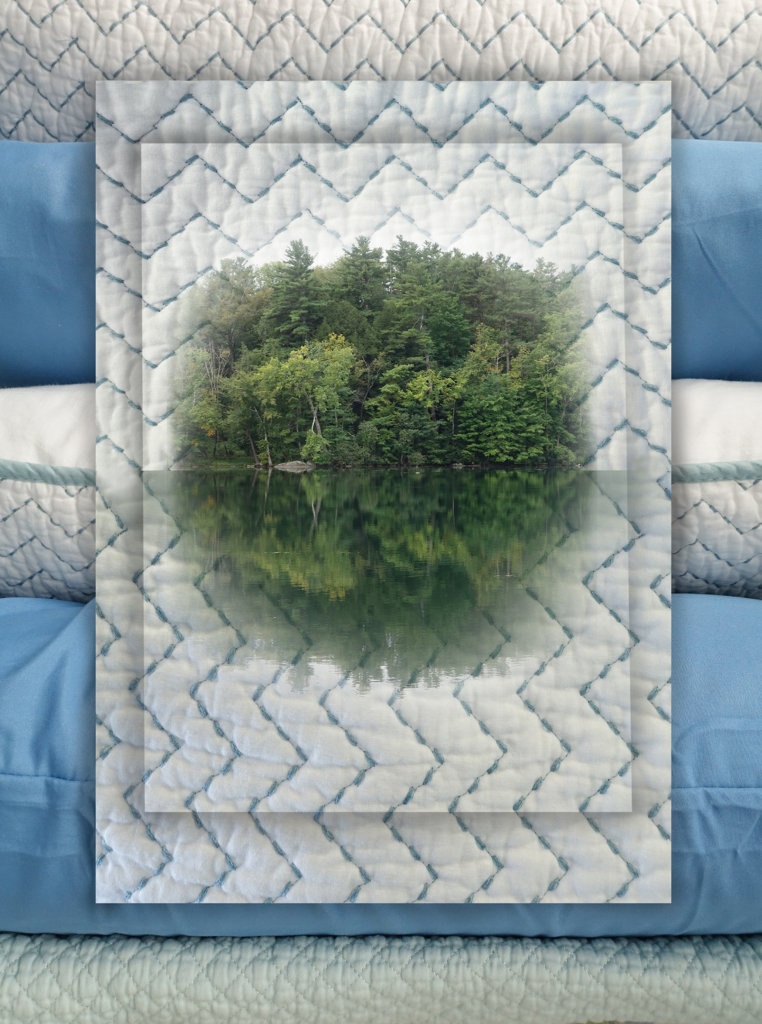 There wasn’t enough time to walk in the woods near my mother’s house before lunch. And it was cloudy. A chance of rain. Desperate to try out my newly repaired camera, I drove my little Prius up October Mountain. Car-hiking.
There wasn’t enough time to walk in the woods near my mother’s house before lunch. And it was cloudy. A chance of rain. Desperate to try out my newly repaired camera, I drove my little Prius up October Mountain. Car-hiking.
The road narrowed as I drove. Up. Into dark woods, past quiet campgrounds all but abandoned now that summer was over. There was supposed to be a lake somewhere. I followed the road, zigzagging up and down, to where the trees were backlit with light. Water. Found.
Returning to the car after taking my fill of photos, I saw there were three roads, not simply the one I’d doggedly pressed ahead on in search of the lake. The road I headed out on soon became so pitted with potholes that the Prius, whose front bumper barely clears the ground by three inches, bounced like a ship in a stormy sea. Its belly scraped bottom at each depression. I had to make a twelve-point U-turn to come back to where the three roads met. And then everything looked different. One road was paved. Had I taken the paved road?
This was turning into an adventure. I plugged in the GPS, setting it for my mother’s house. It beeped and blinked red question marks as I continued along the second road, looking for something familiar. The road roughened and grew rockier, and finally petered off into a muddy trail. Another twelve-point turn, and I retraced my path to test the third road.
My mother would be worried. “I’ll be back in an hour-and-a-half and then we’ll have lunch,” she’d said. It was now lunchtime. I needed a bathroom. The grating of the Prius’s bottom was grinding into a headache. Enough of this driving endlessly around the mountain. I wanted to be back home, in my sweet bed with the cozy pillows and new matelassé stitched quilt. Maybe it was time to call 9-1-1. But then I’d have to say I was lost, because you can’t phone 9-1-1 to tell them you’re simply disoriented.
Lost. I’m careful about how I use that word. It’s such a sad word: A long-lost forgotten friend. A lost dog. Lost opportunities. ‘Lost’ sounds so hopeless: A lost soul. Love lost. To me ‘lost’ means irretrievable, consigned to oblivion. Gone. But six years ago I did not lose my father; he shows up whenever I spend a dollar. My daughter who died is not lost; she was with me when I photographed the lake at October Mountain. Besides, I had half a tank of gas and a GPS. I was not lost.
Finally, after I retried each of the three roads, the GPS found a signal and led me back. “I got lost,” was the first thing I told my mother.
What does ‘lost’ mean to you? What is not lost?
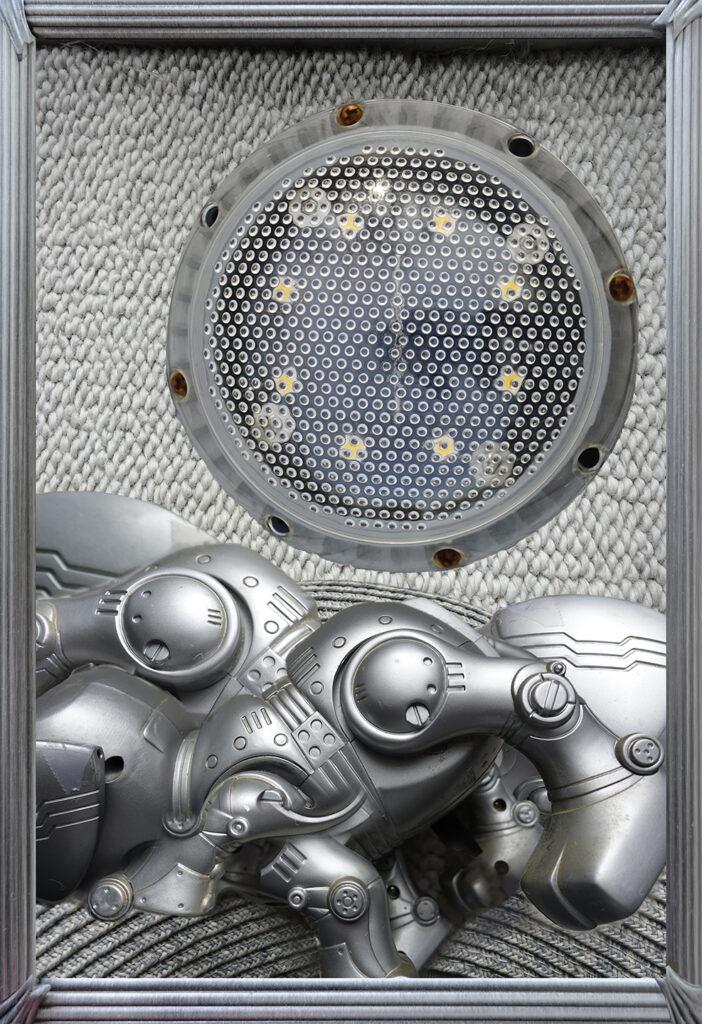
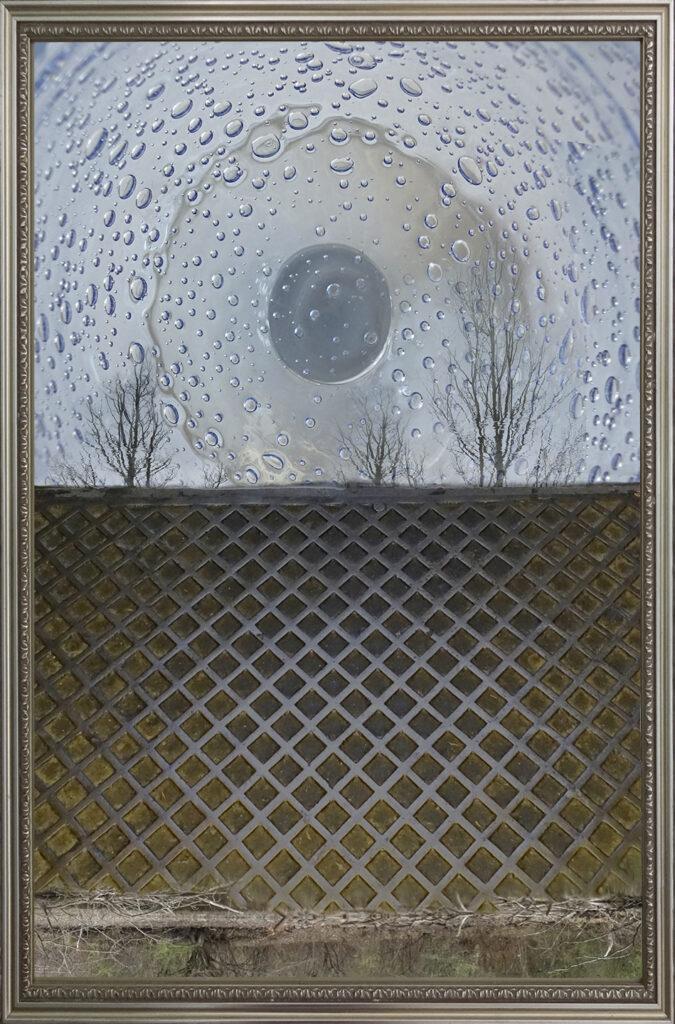
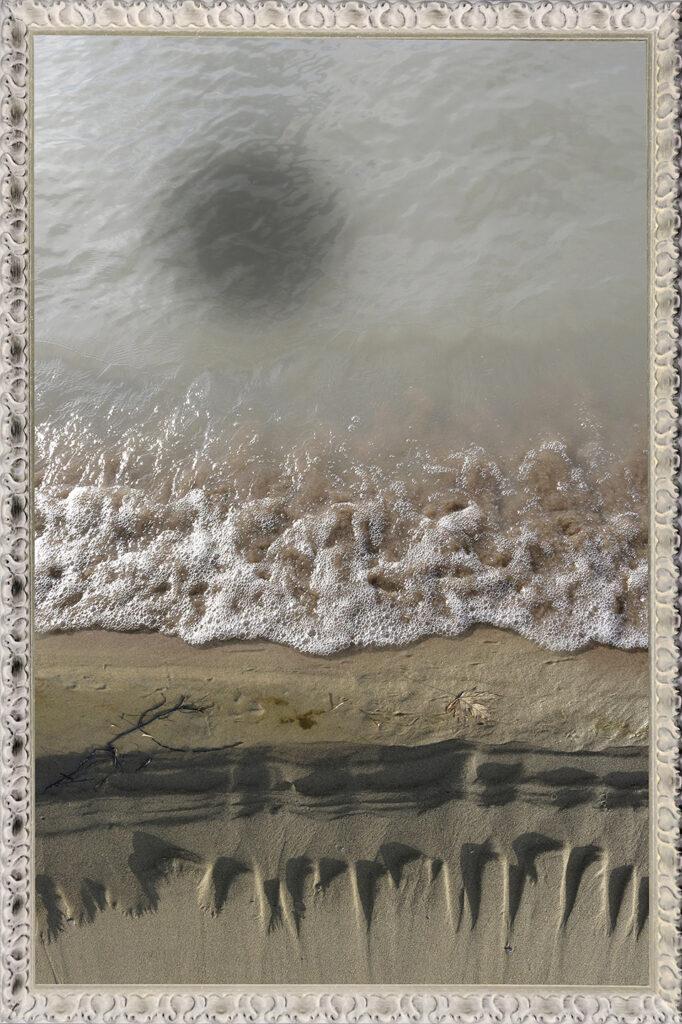
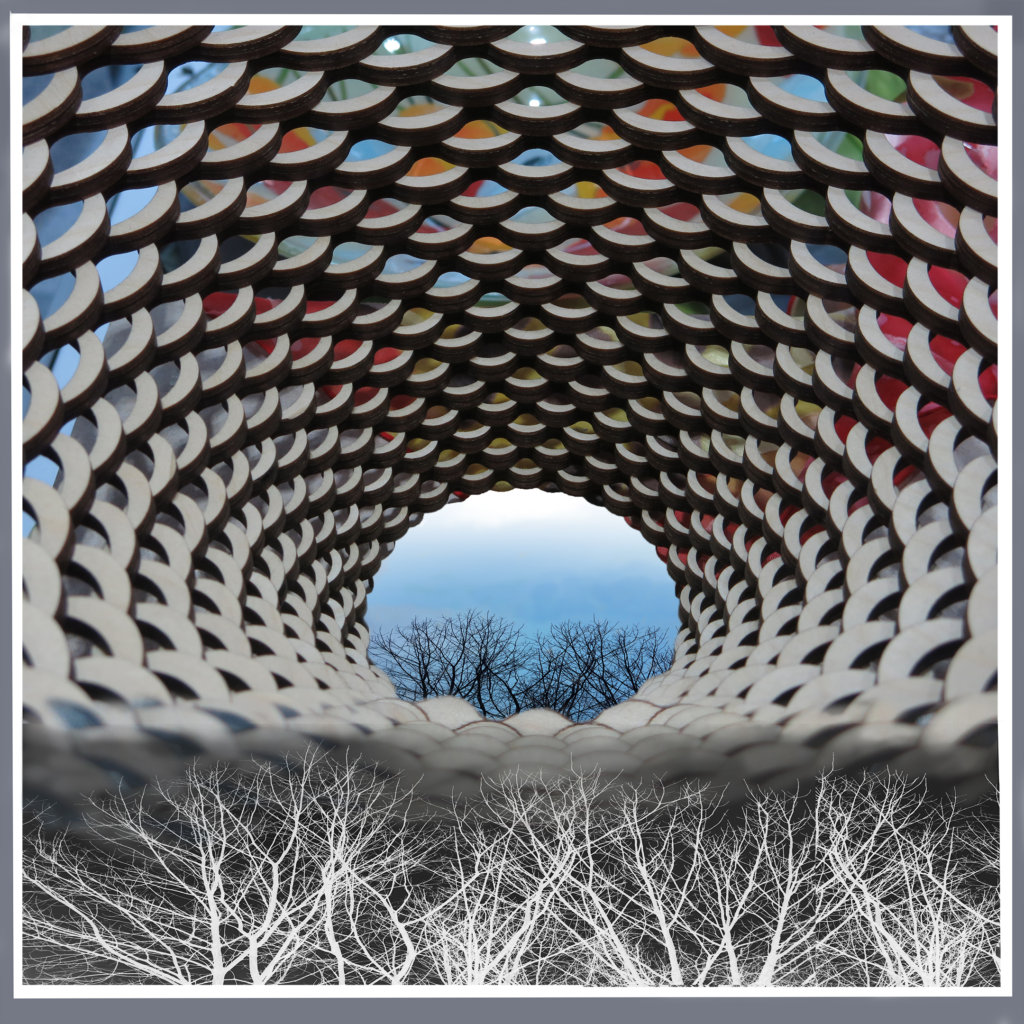 Online grief counselors say, “Embrace your pain,” “Face the loss,” … “Make friends with the heartache.” Meanwhile, today a friend politely pointed out, “There are different patterns to get over the loss of someone” and “You need to stop all this grieving and be happy.”
Online grief counselors say, “Embrace your pain,” “Face the loss,” … “Make friends with the heartache.” Meanwhile, today a friend politely pointed out, “There are different patterns to get over the loss of someone” and “You need to stop all this grieving and be happy.” There wasn’t enough time to walk in the woods near my mother’s house before lunch. And it was cloudy. A chance of rain. Desperate to try out my newly repaired camera, I drove my little Prius up
There wasn’t enough time to walk in the woods near my mother’s house before lunch. And it was cloudy. A chance of rain. Desperate to try out my newly repaired camera, I drove my little Prius up